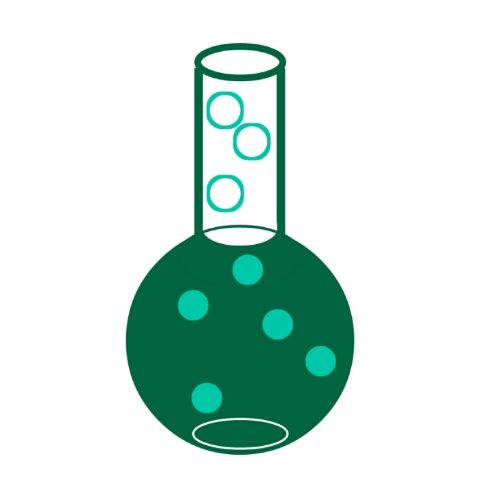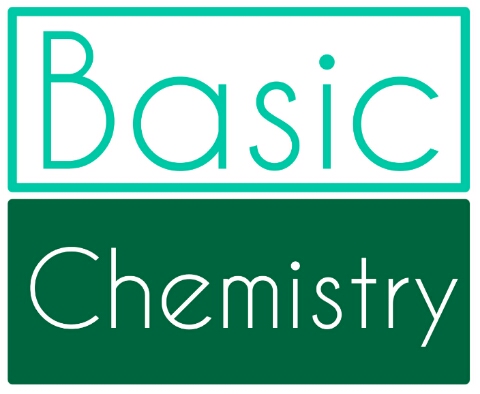| Criteria | Organic Compounds | Non-Organic Compounds |
|---|---|---|
| Composition | Primarily composed of carbon (C) atoms bonded to hydrogen (H) and other elements (e.g., oxygen, nitrogen, sulfur) | Do not contain carbon (C) atoms or contain carbon-hydrogen (C-H) bonds |
| Source | Commonly found in living organisms (plants, animals, microorganisms) | Can be found in both living and non-living sources (rocks, minerals, gases, etc.) |
| Complexity | Can have complex structures and exhibit a wide range of chemical reactions | Often simpler in structure and may have limited reactivity |
| Functional Groups | Contain various functional groups (e.g., hydroxyl, carbonyl, amino, carboxyl) that influence their chemical properties | May not contain functional groups or have limited functional groups |
| Biodegradability | Many organic compounds are biodegradable and can be broken down by microorganisms | Non-organic compounds can vary in biodegradability, some may be persistent and not easily broken down |
| Examples | Carbohydrates, proteins, lipids, nucleic acids, alcohols, organic acids | Water, salts, metals, gases (e.g., oxygen, nitrogen), minerals |







